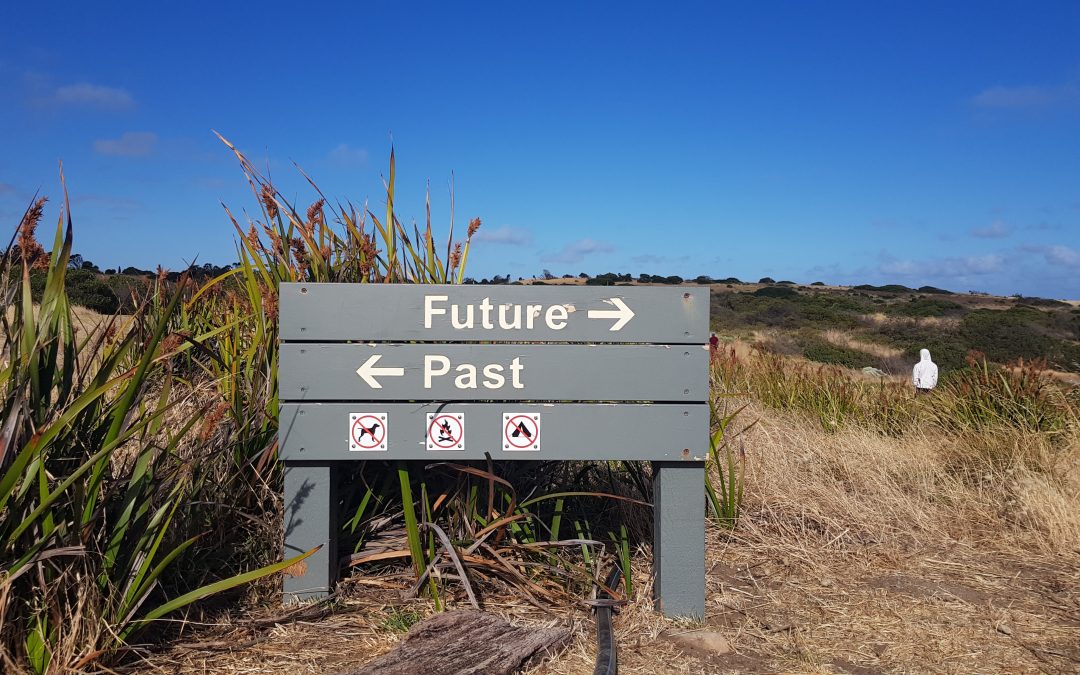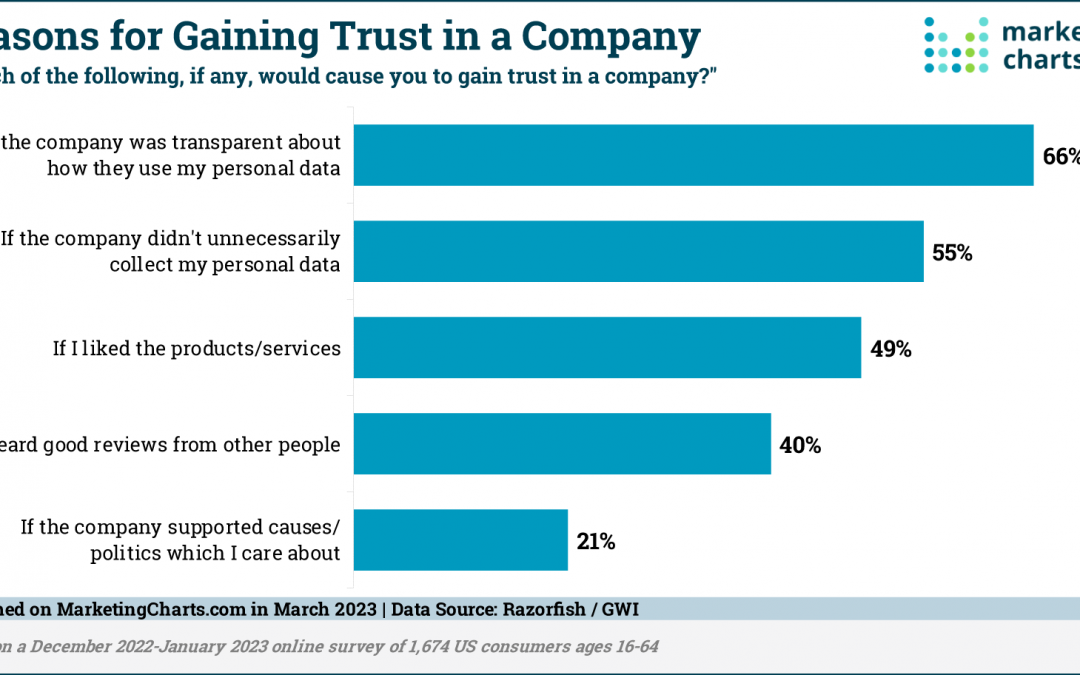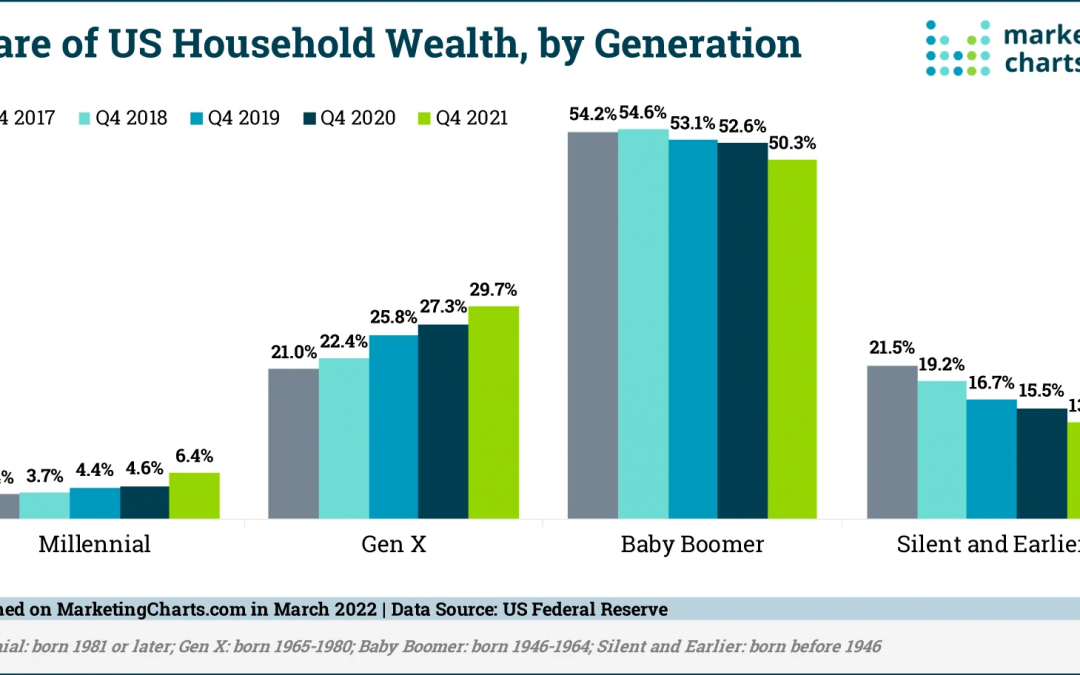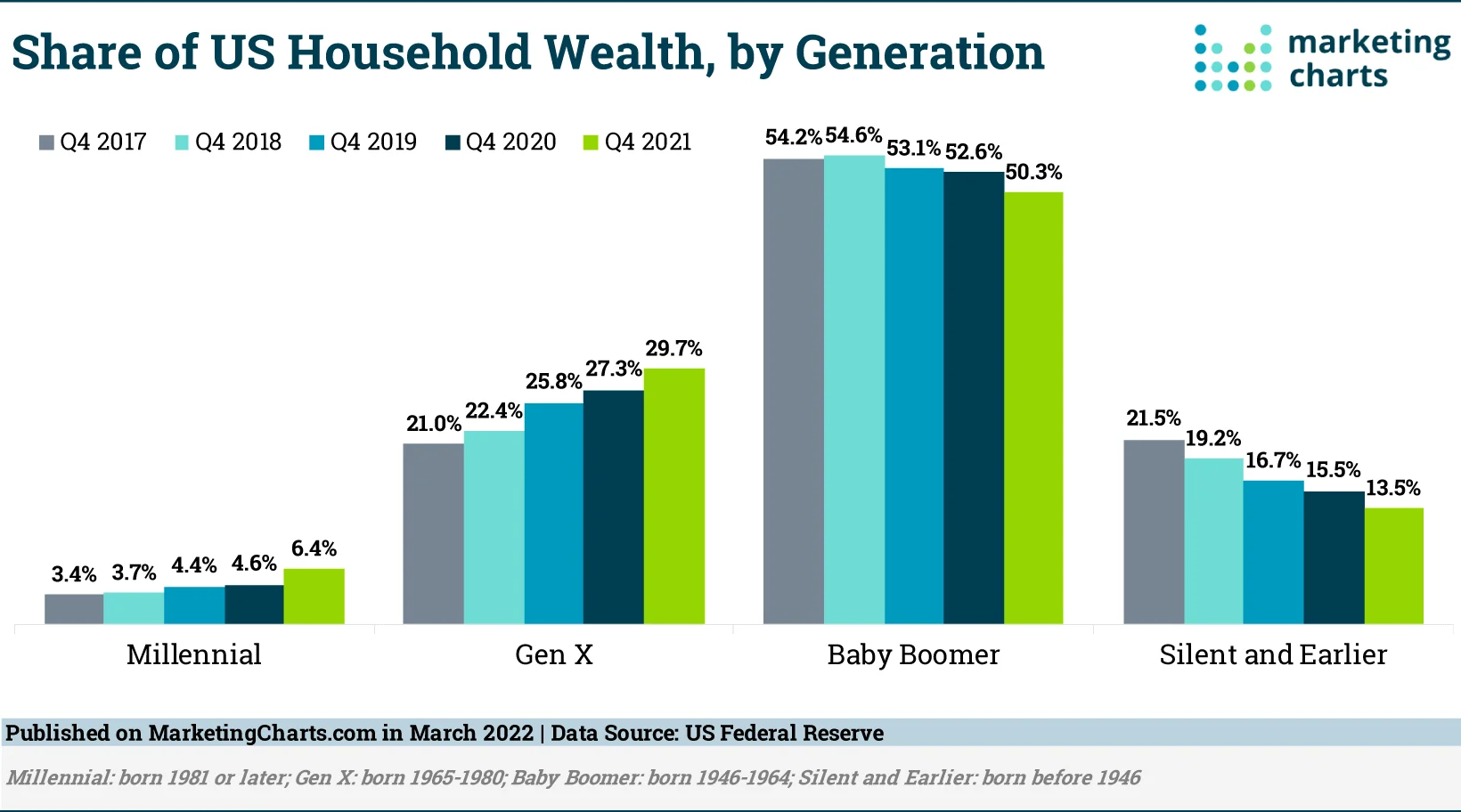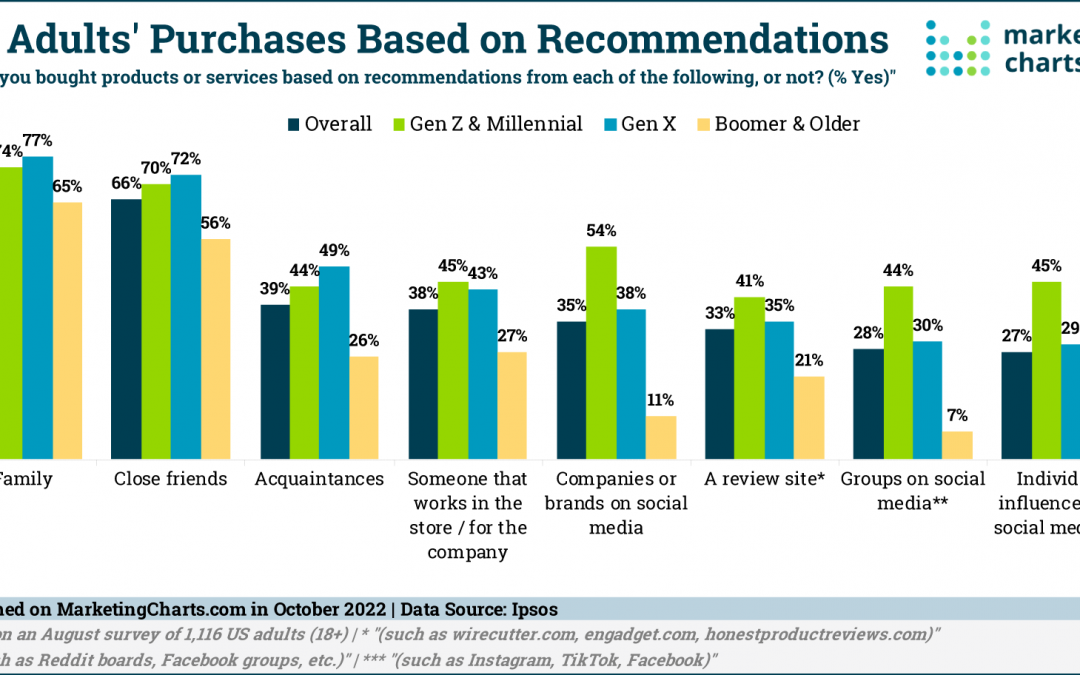Trust.
This five letter word is the glue that holds our world together.
Over the years I’ve been writing, publishing and podcasting, the theme I keep coming back to is Human Relationship Principles. And the key to all human relationships is trust.
Before I dig into the marketing and advertising thoughts regarding Trust, let’s stand back at look around our world.
From the day we are born, we place our trust in an adult to feed us and take care of us. As we grow older, we become more self-sufficient and those needs change but trust is placed in other things and people. As simple as putting trust in the chair you are sitting in right now. Trust that when you are driving down the road that the person driving towards you will stay on their side of the road while you stay on your side. That’s trust.
Trust in relationships also pertains to agreements between countries. A level of trust has to come with signing treaties. Agreements between companies always have a trust factor.
In the most personal relationships, we trust. Trust that the person you lay down to sleep with is not going to harm you.
Trust can be broken and how we deal with broken trust will impact future relations.
Spending money on something involves trust too. There is a reason some people buy chips from the dollar store and others buy them from the supermarket, but no matter where you buy them, you trust that what’s inside the bag is worth the money you paid.
When we don’t know who to trust, what do we do?
We look around for recommendations.
However not all recommendations are valued equally.
Research firm Ipsos released a survey that talks about who adults trust for recommendations.
The top couple of trusted groups are unchanged from surveys I’ve seen for decades.
7 out of 10 adults trust their family members and 2/3rds trust the recommendations of friends when deciding what or where to spend their money.
This has traditionally been called Word Of Mouth and I’ll get back to it in a second.
All the other sources for recommendations scored poorly, Under 40% of adults trust casual acquaintances. Someone who works in the store or for the company were only trusted 37% of the time.
All the online resources including company websites, companies on social media, review sites, social media groups, even the social media influencers scored in the 30’s or 20’s out of 100 for being trusted enough to spend money.
Why is this you ask?
It’s all about the Human Connection. We know our family, we choose our friends and we trust friends and family to have our back. All those others, they’re just out for themselves, at least that’s our perception, deep down in our gut.
Marketers are looking to create advertising campaigns that will persuade us to buy what they are selling.
Smart marketers include the trust factor in their plans.
9 years ago, I joined Federated Media’s WOWO radio advertising sales team. I had worked for other media companies and radio stations in Fort Wayne and I even worked for Federated Media earlier in my life on the air for sister station WMEE.
Why did I join WOWO in 2013?
Trust.
Ben Saurer was a young 20 something-year-old whose first real job was working in radio at a group of stations I was with and he left when he was hired by Federated Media to become their General Sales Manager for WOWO. I knew Ben from our time together and I trusted Ben.
I trusted Ben enough to meet with him on the sly as I was working for an e-commerce company, as hour out of town, to discuss the possibility of us working together again. Difference was, I would be working for him instead of the other way around like when we first met.
This trust factor along with trust in my own ability led to my taking an initial pay cut without a guarantee that I would earn it back; along with being the 5th person on a five person sales team. A little background on what it means to be #5 on a 5 person team. You’re not sitting in the superstar spot. #5 on a 5 person sales team is a revolving door.
Nothing was promised to me, no established accounts to take over, none of that, just an opportunity that was mine to take advantage of.
All of the accounts from my past were handled by the other 4 members of the WOWO sales team. Let’s be blunt about this. #5 on a five person team has about a 10% chance of making it, and that’s optimistic.
During the first year, I ended up winning the Super Goal award for Federated Media’s Fort Wayne stations. Out of about 20 sales people, I exceeded my budget goals more than anyone else when measuring percentages. I was not the top salesperson, I was not in the top 5, I don’t know where I was actually in dollars, but I beat expectations. That 10% chance of survival was overcome and then some.
2014 was my first full year at WOWO. 2015, 2016, 2017 and 2018 were mostly growth years. And then 2019 something happened.
It was a year that exceeded expectations and budget goals again and I ended up winning the Super Goal award for Federated Media’s Fort Wayne stations again. The difference in dollars was tremendous however. 2019 versus 2014 for me was a difference of around $500,000.
Besides winning the Super Goal award, I also won the Account Manager of the Year in 2019 for the entire Federated Media organization. That was based on dollars.
Trust was the reason behind this success. Business owners grew to trust me and the radio station, WOWO. Now WOWO itself has earned respect and trust for it’s legacy that began in 1925 and in a couple of years will be celebrating a century on the air. WOWO has had legendary radio personalities and our current line-up features two outstanding people who are trusted by their listeners.
Pat Miller hosts the Pat Miller Talk Show, weekday afternoons from 3pm to 6pm and Kayla Blakeslee is the host for Fort Wayne’s Morning News weekday mornings.
When Pat and Kayla talk, people listen. But it’s more than listening, a relationship develops over time. This is what happens what a radio personality is allowed to be real and share themselves on the air and as a news and talk formatted station, WOWO listeners have developed a Trust relationship with us.
The most successful campaigns on WOWO have Pat or Kayla as their spokesperson. Their listeners Trust them, it’s Word Of Mouth with a Bigger Mouth.
Recently I took over the sales departments at sister stations 1380, The Fan, our Sports Talk station; along with 98.9 The Bear, Federated Media’s Heritage Rock Music Station and BIG 92.3, our Classic Hits Music station. The trust factor is there too on our music stations and here’s why…
No matter if you’re listening to Brett on the Sports Rush, Pat or Kayla talking about the news, or listening to your favorite tunes on BIG or the Bear, you are not just intellectually involved, you are emotionally involved too with your favorite stations.
Trust is an emotional connection and that is why I have seen so many businesses be successful when they invite listeners who have an emotional bond with their favorite station, also trust the advertisers, especially when the ads tie into that emotional side of us and nurture trust.
Sure, you can create some boring ads that just present the facts and hope they work. You can create some gimmicky ads to promote what YOU want to sell, but if they leave out the human side and do nothing to build trust, your chances for success are limited.
Want to know more about how to integrate Trust in your marketing outreach? Contact me.
